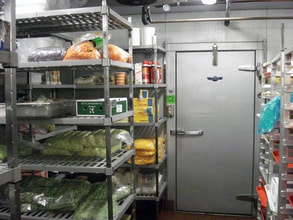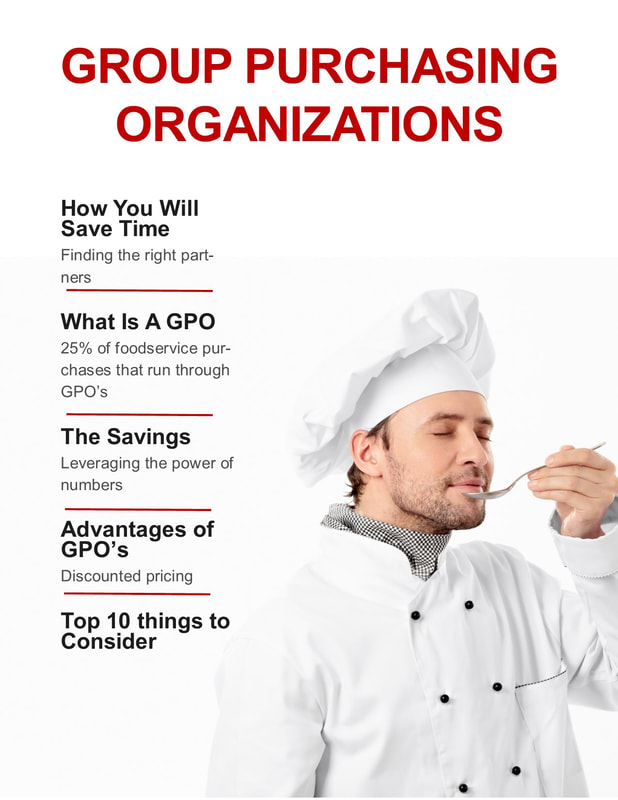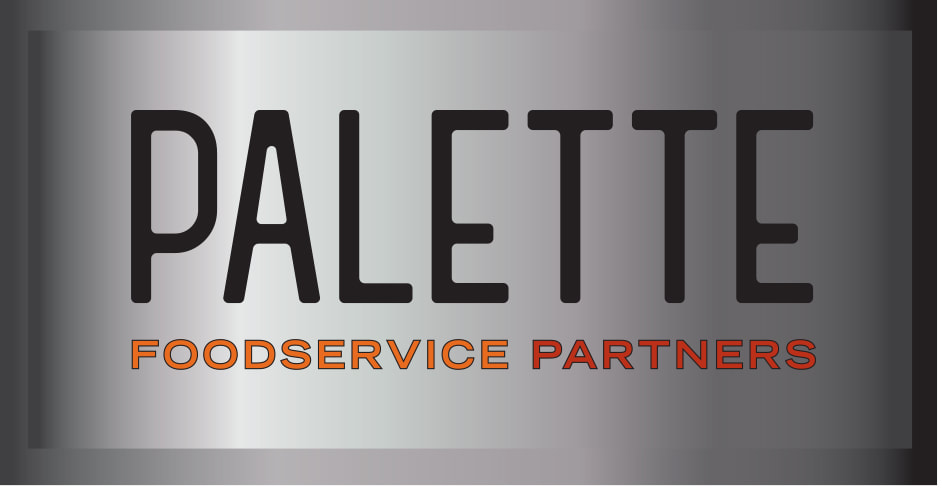 No doubt, restaurants are feeling squeezed with the ongoing pressures of inflation, a tight labor market and even rising transaction fees from credit card companies – and the costs are too high for operators to absorb. As a result, many restaurants are finding creative ways to pass their extra expenses on to consumers. According to a recent article in the Wall Street Journal, fees with such names as “fuel surcharge,” “noncash adjustment” and “kitchen appreciation” have been appearing regularly on restaurant checks in recent weeks. How – and when – you present such costs can have a significant impact on your guests’ response to them. For instance, presenting a surprise list of incidental costs tacked onto a bill can make a guest feel nickel-and-dimed – or worse, that you’re not being honest with them. It’s better to present any added charges under a single umbrella and make guests aware of them at the outset – verbally from the server, in a note on the menu, or both. In a report from Inc., Zachary Weiner, CEO and founder of Finance Hire, an outsourced financial controller for small businesses, said that even though people are well aware of inflation, being transparent about any extra fees and where they are coming from can go a long way in helping guests understand why they are needed.  Resuming “business as usual” has been impossible for many restaurants in the current economic environment. As brands have increased prices in recent months – typically multiple times – many are needing to take new approaches to close the profitability gap. A recent Restaurant Business report described how Chili’s, which has increased prices six times in the first nine months of its fiscal year, is now overhauling its service model and menu to drive not only better efficiency now, but also better adaptability down the line. Wyman Roberts, CEO of Chili’s parent company Brinker International, said the brand’s new menu, which will be more costly, will reduce operational complexity, restructure their value proposition for better margins and provide pricing flexibility in the future. The company is also aiming to operate more efficiently through a service model that uses handheld devices and more food runners (including robotic food runners in some locations) to help reduce the labor they need. Even if you’re not already planning to overhaul your business in a similar way right now, the efforts restaurants are making to eke out profits will change the competitive landscape for everyone – and could force changes on others. As you look at your operation, it’s more important than ever to address pain points and friction wherever you experience them – and consider approaches that may make your restaurant look a lot different than it has in the past. Your service model, menu, labor strategy, foundational technology and marketing strategy should all be on the table as you consider how to prepare your business to succeed now and adjust as needed in the future.  At the time of this writing, remaining hopes for the replenishment of the Restaurant Revitalization Fund (RRF) were dashed when the $48 billion bill to provide relief to small businesses hit by COVID restrictions could not get sufficient votes to overcome a filibuster. Last year, the fund had helped restaurants struggling with the strains of the pandemic to pay employees and cover debts. However, of the more than 278,000 restaurants that applied for funds, only 101,000 restaurant applicants received grants before the Small Business Administration had exhausted its funds. For the remaining restaurants, the replenishment of the fund was especially critical. According to the National Restaurant Association, 62 percent of operators who didn’t receive funding have racked up additional debts and 57 percent have fallen behind on expenses. The Independent Restaurant Council estimates that more than half of the 177,300 independent restaurants awaiting RRF grants could close without additional aid. So if relief isn’t coming in the form of grants, where can operators find it? Start with your relationships. Find other operators in your situation and discuss how you might help each other through this rough patch by pooling staff or supplies, sharing expertise or even partnering in a different venture like a virtual kitchen. Lean on your strong relationships with landlords and suppliers and look for any leeway they might give you on existing contracts. Finally, talk to your guests. They don’t want to see a favorite community business go away, so this is a prime time for them to demonstrate their loyalty. They might be able to help you brainstorm ideas to generate much-needed income and community support in the near term.  Rare, difficult-to-source ingredients are so 2019. At a time of high inflation, supply-chain strain and increased awareness of carbon footprints, it has become far more fashionable – and yes, far more necessary – for restaurants to take a pantry-to-plate approach. That means creating mindful menus that make the best use of ingredients you have in plentiful supply each season. Most items you order should be workhorse ingredients with a range of applications – as the star of one dish and a supporting player in another, for example, or as a reliable contributor of depth, texture or nutritional content in a variety of dishes. As an extension of that, now is a good time to review your portion sizes, find creative ways to use every part of an ingredient, and repurpose any leftovers into interesting specials. Food waste costs the hospitality industry over $100 billion a year, and more than 70 percent of that waste occurs before it even reaches a guest’s plate. Adopting tools that automate your inventory management, ensure you’re spending money on the best-value ingredients available, and precisely measure the size of a portion can help you ensure you’re not leaving money on the table. |
Subscribe to our newsletterArchives
April 2024
Categories
All
|




 RSS Feed
RSS Feed